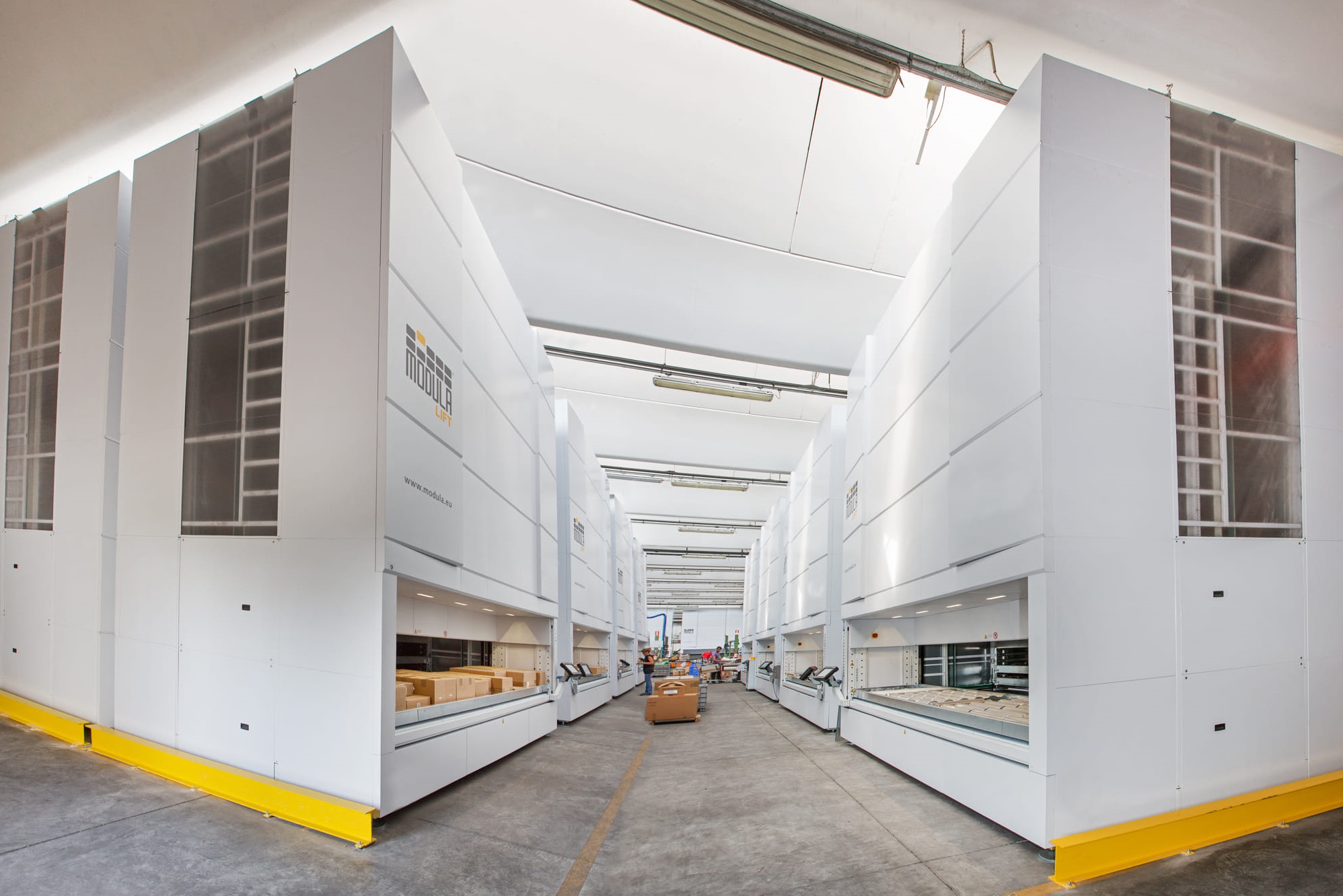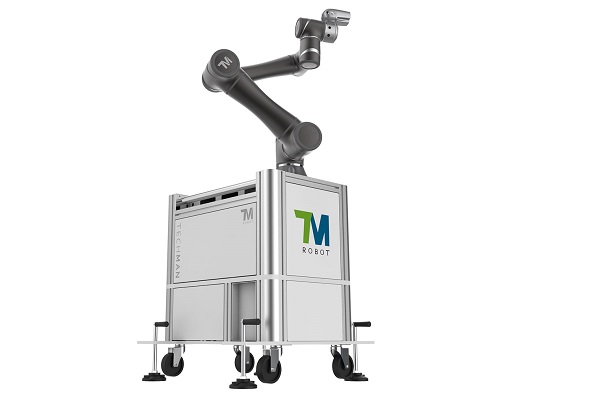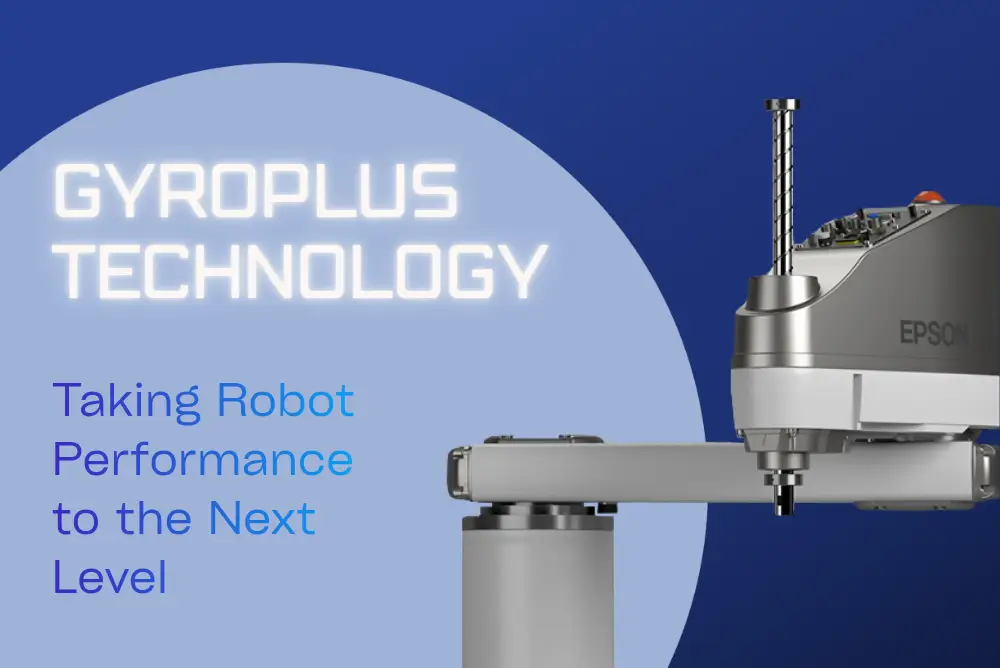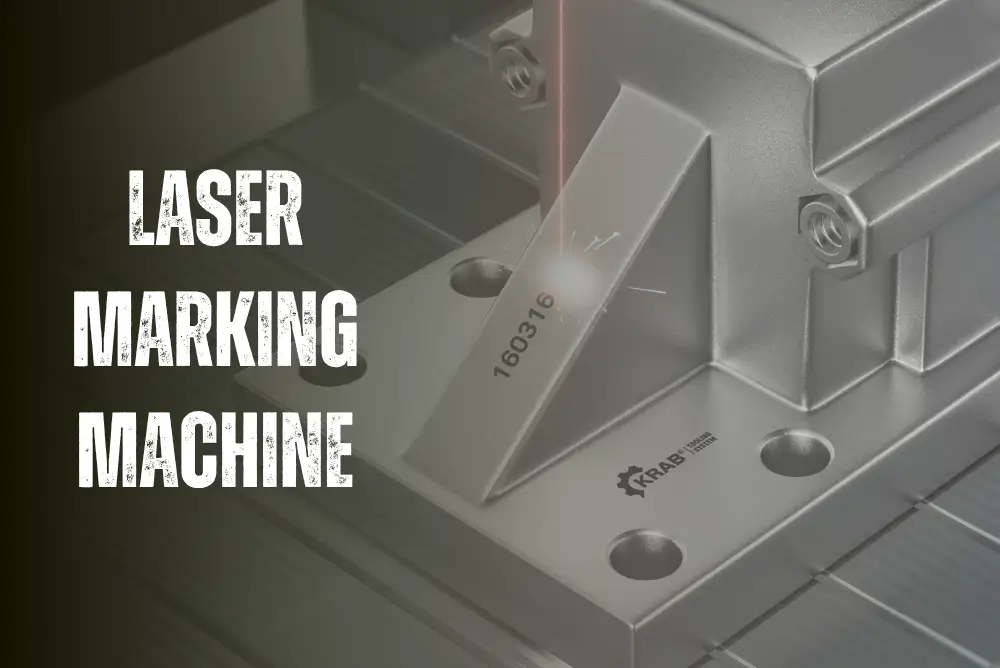Years ago, men discovered the ability to shape metal, we have been marking it, be it for artistry, personalization or traceability.
Metal is complex: conductive, reactive, and composed of chemicals, and alloys so, when you are looking for a rotary or laser marking machine for metal, the best solution will depend on the type of metal you will be engraving:
- Stainless steel Aluminum
- Anodized aluminum
- Hardened metals
- Steel alloy
- Titanium and titanium alloys
- Carbides
- Brass
- Copper
- Precious metals
- Coated metals
Why mark metal?
Our laser marking and engraving is done without contact, and does not require any pre-treatment or post-treatment. The result is a permanent, resistant, and high contrast marking with a very high definition finish, and of course without damaging the metal.
Laser marking on metal
Rotary engraving cuts away the metal using an engraving cutter, similar to a drill. This allows for both engraving and cutting (on some metals) and is used extensively across all industries from engraving jewelry to cutting control panels.
The direct part marking by dot peen or scribing is performed thanks to a tungsten carbide stylus which comes into contact with the surface and deforms the material in hollow thanks to a succession of impacts which form the final marking.
Direct marking by rotary marking machine
Gravotech has extensive experience in metal marking and brings its expertise to help you find the best metal engraving solution that will fit your needs. There are many different types of metals and we have a machine solution for each of them.
Metal laser engraving
Metal laser etching
Laser etching can be used on a broad range of materials. Laser engraving occurs when the heat of the beam melts only the surface of the material and does not fully penetrate the material.
The high power of the laser uses high heat to melt only the surface of the material. Oxides sometimes form in engraved areas, making the marks clearer and more visible. The laser modifies its reflectivity and improves the contrast. It removes very little material.
It can be carried out on raw, anodized or plated metal surfaces. Light engraving of metals and oxides. Removes less than .001” of material. High-speed marking. Works on all metals.
Laser engraving on metal for very good contrast
Deep metal engraving with laser
When marked components require reworking or additional painting and the material is rough, laser engraving needs to be applied deeper into the material.
The laser creates high heat during the engraving process, which causes the material to vaporize. This creates a cavity in the surface that is noticeable to the eye and touch. It is recommended when the laser marking suffers post-process stress (such as sandblasting for die-castings).
Fast fusion and vaporization of the material. Varying depth is achieved by the number of passes. Only work with filled font/shapes
Deep metal engraving with laser
Metal annealing
Annealing heats the material locally to just below its melting point. This generates oxide layers on the surface of the workpiece which are associated with metallic annealing colors. It is also the preferred method whenever a precision fit is required or there is a need to avoid material bulging.
You can only anneal metals that change color when under the influence of heat and oxygen, i.e. steels and titanium, but not aluminum or nonferrous metals. Generally, the oxide layer is black, but it can also have other annealing colors. The color depends on the temperature of the heated layers. The material surface remains even during annealing because nothing is removed from it. The color change is achieved through localized material heating only. The heat usually penetrates .02 to .03 mm deep in the metal surface.
Metal annealing
Black marking
Black marking is a marking process that produces very high-contrast, dark markings. This structured surface reduces the amount of light that is reflected, and the result is a deep, matt blackening of the marking, which appears the same when viewed from any angle. This makes the marking non-abrasive. Black markings are ideal for rust-free stainless steels, titanium, copper and brass.
Black marking on metal
Metal engraving with a rotary machine
Visually pleasing engraving for personalized metal items
With metal engraving machines, we drag a diamond tool on the surface of the material to obtain a light and very aesthetic marking. There is no chip created and the material weight loss is insignificant, which is important particularly in jewelry.
Rotary engraveing machine is suitable for jewelry engraving applications
This marking process can be used even for very hard alloys such as steel, stainless steel or iron and of course also with softer metals. It is ideal for signage (tags) and personalization. The groove created in the part can also be filled with lacquer or wax, to obtain a high contrast or color.
Suitable for personalization applications
Metal milling and industrial engraving
CNC metal engraving machines, the material is removed using cutting tools, «engraving cutters» of various sizes and shapes.
CNC is used for cutting out shapes in metal such as for control panels or for milling out 3D shapes such as the creation of hot stamps, mold insert or soft metal manufacturing in general. This technology can also be used to obtain text, numbers or logos deeply engraved in the part, whether it is for identification (direct part marking) of personalization purposes.
CNC metal engraving
This marking process provides excellent non-contrasted results both for cutting or milling, and even our small engravers can do the job in soft metal such as aluminum or brass.
Dot-peen marking on metal for a fast and efficient process
Our pneumatic dot peen marking machines are the best for marking applications requiring a very short cycle time to meet the speed requirements of industrial sectors.
Electromagnetic marking machines are more suitable for applications needing great precision and consistency. It is particularly efficient for DataMatrix code marking. The electromagnetic dot peen marking machine is a high-precision marking solution to meet traceability and identification requirements.
Engraving Datamatrix codes, 2D codes on metal
Our dot peen metal marking machines are economical with clear marking, marking twice as fast as other dot peen machines.
Deep marking with scribing technology
Silent with aesthetic and amazing results, scribing machines are used in all industrial operations, subject to noise level limitations: for marking large metal components (beams, rails, chassis and exhaust pipes etc.) for marking V.I.N. numbers (Vehicle Identification Numbers) on cars, motorbikes and heavyweight vehicles, etc.
Engrave VIN on cars, motorbikes,...
This is the solution with the best marking/speed depth ratio. It provides high quality marking. It was developed for heavy industrial applications, our systems are durable and require very little maintenance.
More information: Gravotech marking solutions
Some pictures of the finished metal material engraved by our engraving machine
Dot peen on metal for traceability
Engraving on mechanical tools: wrenches, drill bits, etc.
Part engraved by metal engraving machine
Direct part marking on metal
Metal plate engraved by rotary engraving machine
Inside ring engraved with rotary engraving machine
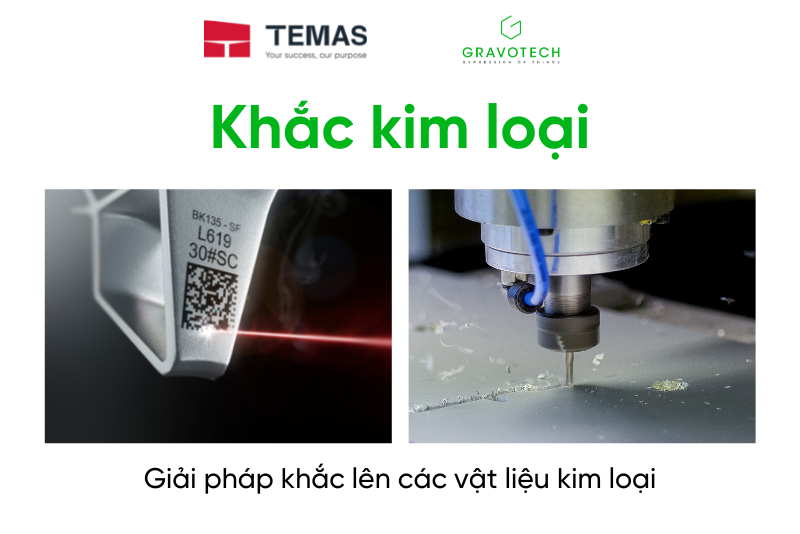
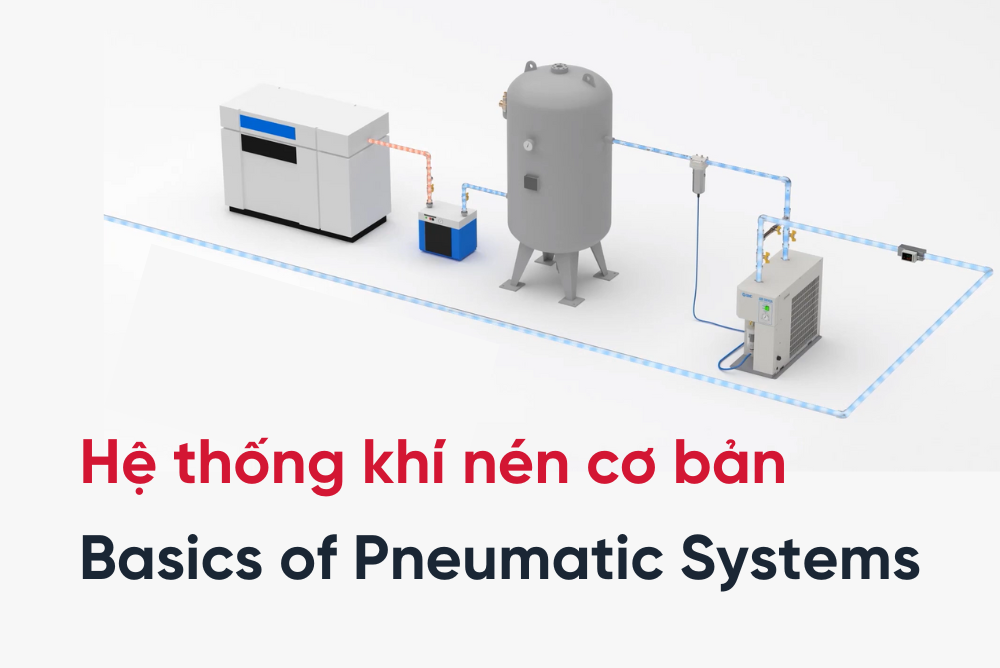
 Read more
Read more
